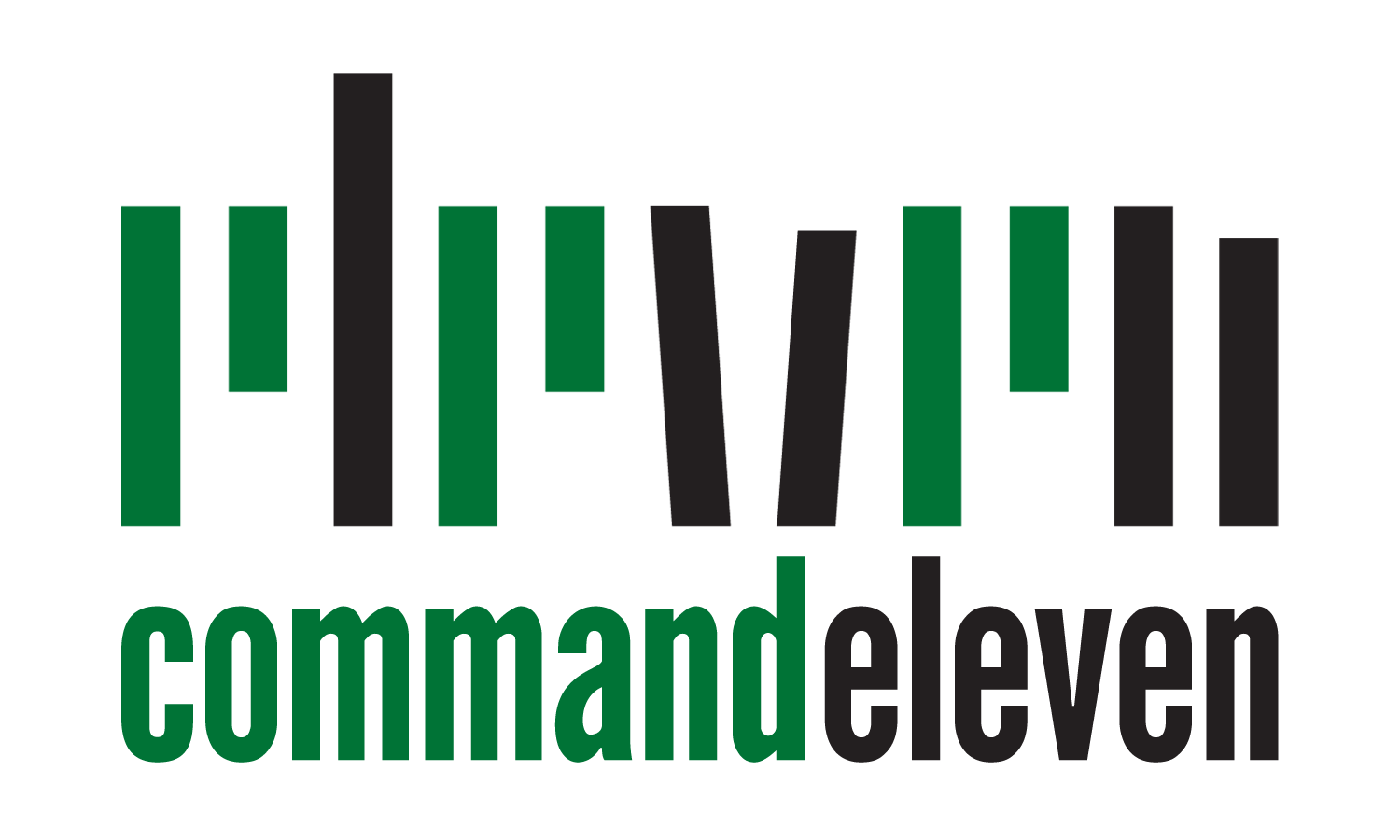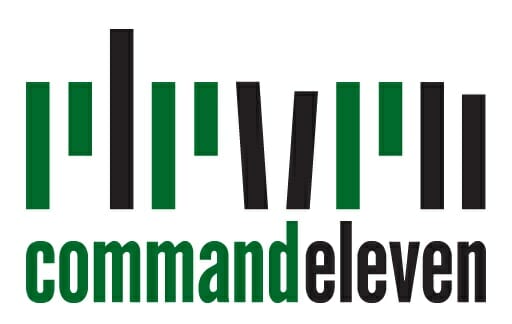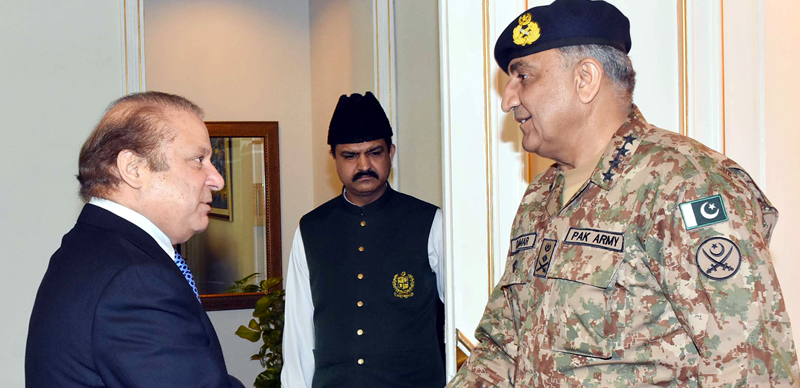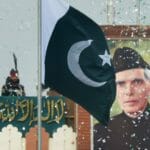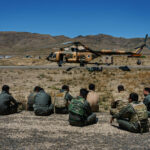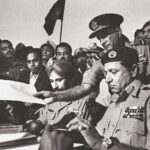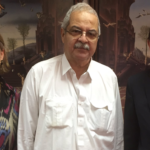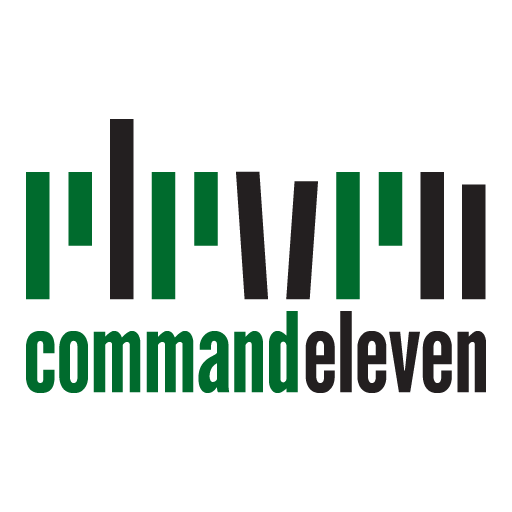What is democracy in context of Pakistan? There are a few political dynasties ruling the roost. These dynasties control the political parties where there are no internal elections and an inner circle makes all the important appointments. The parties are run like fiefs and the electorate is hoodwinked through false promises and catchy slogans. What is the Pakistan army’s role in this imbroglio? Is the Army again overstepping its domain, as propounded by some? These are the questions which agitate the minds of the common people.
Pakistan’s response to the situation in Jammu & Kashmir, soon after independence, was determined by a civil government which found itself incapable of launching an overt military invasion of the state and was thus constrained to seek help from non-state actors. Pakistan Army’s role in this conflict remained confined to seconding two of its officers to a ghost headquarters covertly set up with the blessings of Pakistan’s prime minister for planning, preparation, and execution of the secret war in J&K. It also sent some of its officers on leave to provide leadership to the infiltrators. Pakistan Army was fully involved in the conflict in the spring of 1948 when the Indian Army was threatening to advance beyond Line Uri-Poonch-Naushera. This was how Indo-Pakistan hostility paradigm was framed.
During the Cold War era, Pakistan was the only country in the so-called “Free World” where the political government had the serving army chief (General Muhammad Ayub Khan) double as the country’s defence minister. Behind the Iron Curtain, Marshall Grechko of the Soviet Union held this honor. The point here is, the civil governments involved the army in politics and then cursed it when it went out of their control. This pattern was refined during the decade spanning the period between the end of the First Kashmir War and imposition of martial law in 1958.
Pakistan remained under military rule till it was dismembered in December in 1971. Thereafter, power in Pakistan has alternated between pseudo-democratic and military governments. We say pseudo- democratic because frequent military interventions have throttled nurturing of a democratic culture. This on again-off again jockeying for power has created a deep chasm between the politicians and the military.
The civil-military differences have reached a point where they have started blaming each other for Pakistan’s ailments. The polarization has been such that some politicians do not hesitate to seek help from India, Pakistan’s archenemy. The trend, started by Sheikh Mujibur Rehman, has now influenced even some of Pakistan’s main stream parties. Though the Cold War terminology of left, center and right has become redundant, old affiliations die hard. It is in this context that some politicians to the left and center now question Pakistan Army’s threat assessment and accuse it of holding the nation hostage to the Kashmir dispute. They forget that the threat assessment was evolved by the civil governments. On the other hand, another group of politicians, with rightist leanings, openly, or tongue-in cheek, have sympathies with the religious terrorists.
Over the last four decades, successive Pakistani governments have, through cronyism, destroyed the heavy industry. The heavy industries nationalized by Bhutto, Karachi steel mills, and Karachi shipyards are but a few examples. The remaining plants are under the hammer. After depleting the country of its industrial assets, the successive political governments have encouraged emergence of a few cartels which control the entire economy. Presently, the economy is being held hostage to sugar, fertilizer and textile barons, most of them politicians and retired bureaucrats. The economy of Pakistan, as it stands today, cannot support the armed forces to even maintain a semblance of a viable defensive posture. And this when the army and the air force are fighting the war on terror as well as keeping more than an eye on the eastern border. In such a situation, when Pakistan’s armed forces are financially hamstrung in meeting their defense needs, they will continue to play a larger than life role in the national decision-making process.
What is the present state of affairs? It goes to the credit of Pakistan’s armed forces that, whereas now Indian military budget surpasses Pakistan’s entire budget, the military is keeping the Indian juggernaut at bay by making do with mostly second-hand equipment. Our Army is buying second hand helicopters from the United States and rebuilding junk armored personnel carriers received, gratis, from Italy. Our air force needs F-16 Viper (the latest version) to counter India’s SU-30s and the projected induction of French Rafale. Due to lack of funds it has resorted to buying second hand, old version F-16s from Jordan and elsewhere. The air force also keeps re- building its half a century old Mirages to keep them flying. The navy, except for its four Chinese origin frigates, for the last three decades is making do with two to three decades old hulks. As for the nuclear deterrence, a nuclear bomb is a deterrent till it is not used. Once used, it unleashes a mutual hara-kiri. So basically, it is the conventional deterrence reinforced (of course) by nuclear deterrence.
Pakistan Army trainers are in Saudi Arabia and the Gulf emirates for the last many decades. They have created and trained the armed forces of these countries virtually from the scratch. Pakistan (not Pakistan Army) has sold small arms, APCs, armored cars, and basic trainer aircraft worth millions of dollars to the Iraq’s predominantly Shia government. During all this period Pakistan has had an active military relationship with Iran (both under the Shah as well as the Ayatollahs), particularly in training Iranian pilots and airmen. The level of military cooperation with Iran keeps fluctuating, but the cooperation never ceases.
So, what should have been the military’s interest when Saudi Arabia asked for Pakistani troops and military equipment to deal with the insurgency in Yemen? The motivations for helping the Saudis were more mundane and down to earth. Pakistan needs a strong military to keep its neighborhood secure. And the military has to be properly budgeted and equipped to squarely face the security threat. Those who talk of downsizing the armed forces should understand that to simply defend itself against India, Pakistan needs an army one-third the size of the Indian Army, plain and simple.
Pakistan’s security constraints have forced it, like Israel, to surreptitiously develop nuclear weapons and, like the United States, the erstwhile Soviet Union, and France* get hold of conventional and nuclear military technology from wherever it is available. The military nuclear cooperation between China and Pakistan is well publicized. What, however, is ignored, is the fact that this cooperation was not one sided? Likewise, Pakistan has not only reverse engineered some weapon systems but also significantly improved them.
* It would be worthwhile to remind the readers how these countries had dismantled entire aircraft factories, rocket designing centers along with rockets, and tank manufacturing and ammunition plants from Nazi Germany and shipped them home.
The writer is a retired Army officer. Writes on issues related to national and International affairs, important events from military history, and military technology. Considers writing as an instrument to calibrate his mind.
